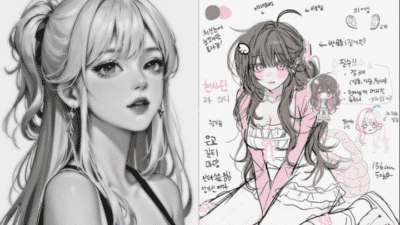Choosing between watercolor and gouache can feel overwhelming when you’re standing in the art supply aisle, but understanding their key differences will help you make the right decision for your artistic goals. Both mediums use water as their vehicle and share similar binders, yet they create distinctly different effects on paper.
The main difference lies in opacity: gouache contains more pigment and additional chalk or white pigment that makes it opaque, while watercolor has less pigment and creates transparent washes. This fundamental distinction affects everything from how the paint flows to the final appearance of your artwork.
Your choice between these mediums will depend on whether you prefer the luminous transparency of watercolor or the bold coverage of gouache. Each offers unique advantages for different artistic styles, techniques, and applications that we’ll explore to help you discover which medium aligns with your creative vision.
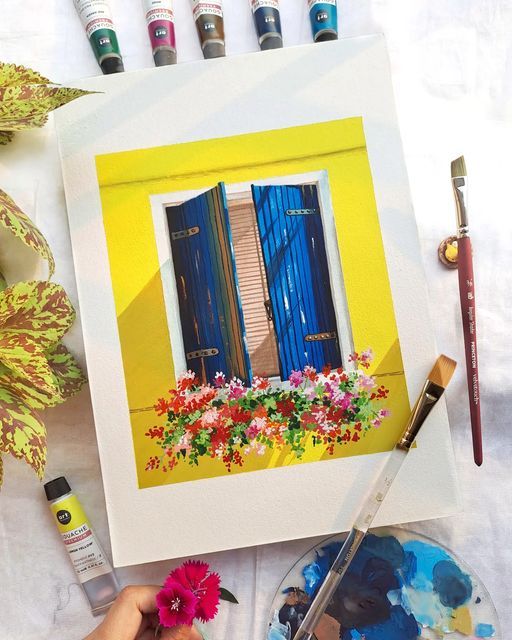
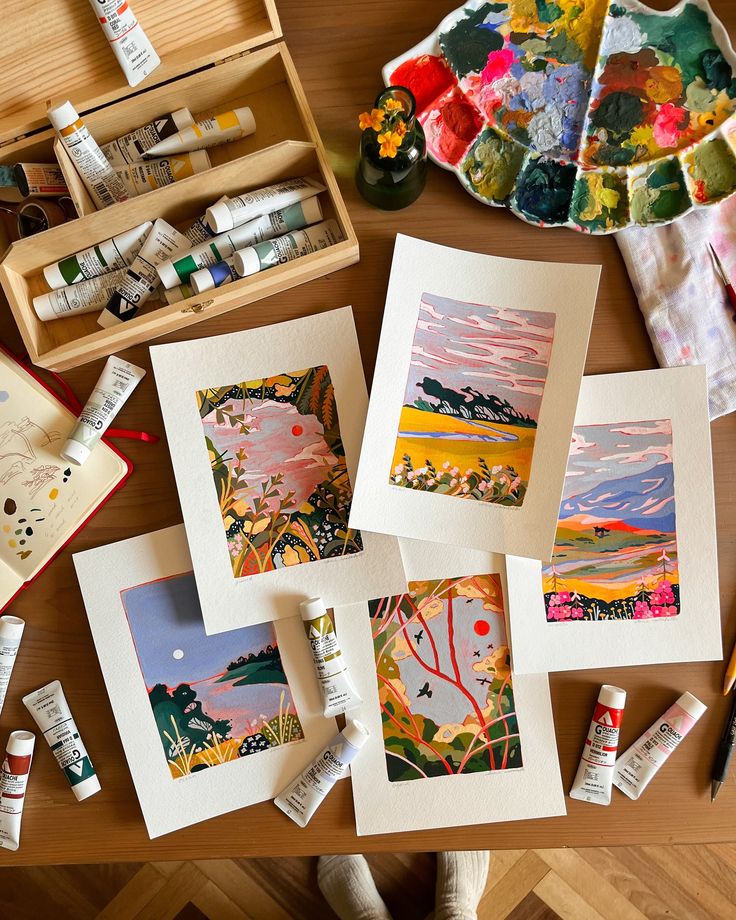
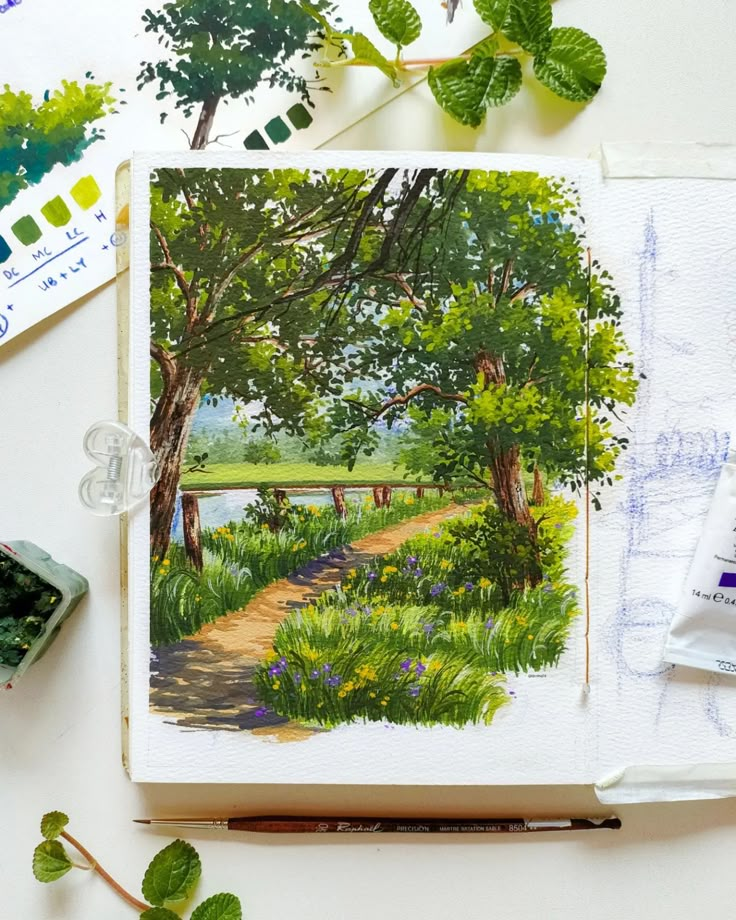
Key Takeaways
- Gouache provides opaque coverage while watercolor creates transparent effects due to different pigment concentrations
- Each medium behaves differently on paper, offering distinct techniques for various artistic styles and applications
- Your artistic goals and preferred working methods should guide your choice between these two water-based mediums
Fundamental Differences Between Watercolor and Gouache
The primary distinction between these two water-based paints lies in their opacity levels and how they interact with light. Watercolor paint creates transparent layers while gouache paint produces opaque coverage with different surface characteristics.
Definition and Composition
Watercolor paint consists of finely ground pigment mixed with a water-soluble binder, typically gum arabic. This creates a transparent medium that allows light to pass through each layer and reflect off the paper beneath.
Gouache paint contains the same basic ingredients but includes additional white pigment and chalk or other opaque fillers. These additives give gouache its characteristic opacity and body.
Both are water-based paints that can be reactivated with water even after drying. You can dilute either medium to achieve different consistencies, but their fundamental properties remain distinct.
The pigment concentration differs between the two mediums. Watercolor uses less pigment relative to binder, while gouache contains higher pigment loads combined with opaque materials.
Opacity and Color Intensity
Watercolor’s transparency means you build up color intensity through layering techniques. Each wash of color allows underlying layers to show through, creating depth and luminosity.
Gouache provides immediate opacity and full coverage in a single application. You don’t need multiple layers to achieve rich, vibrant colors since the paint completely covers the surface beneath.
Color intensity behaves differently in each medium. Watercolor appears more saturated when wet and lightens as it dries. Gouache maintains consistent color intensity from wet to dry application.
You can mix gouache with water to create semi-transparent effects, but it will never achieve the same luminous quality as pure watercolor paint.
Finish and Surface Appearance
Watercolor dries to a smooth, flat finish that appears integrated with the paper surface. The paint settles into the paper fibers and creates a seamless appearance.
Gouache dries to a distinctive matte finish with a slight texture. The opaque nature of gouache paint means it sits on top of the paper rather than soaking in completely.
Light reflection differs significantly between the two mediums. Watercolor allows light to penetrate and bounce off the white paper, creating luminosity. Gouache reflects light directly off its matte surface, producing a more subdued appearance.
You can polish dried gouache to achieve a slight sheen, but it will never match watercolor’s natural luminous quality.
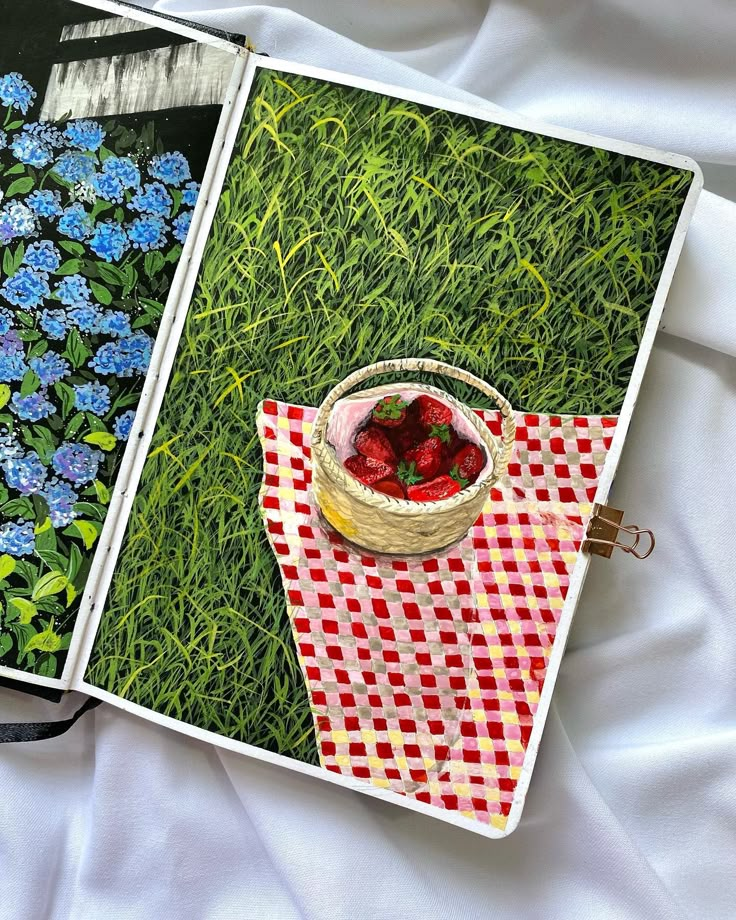
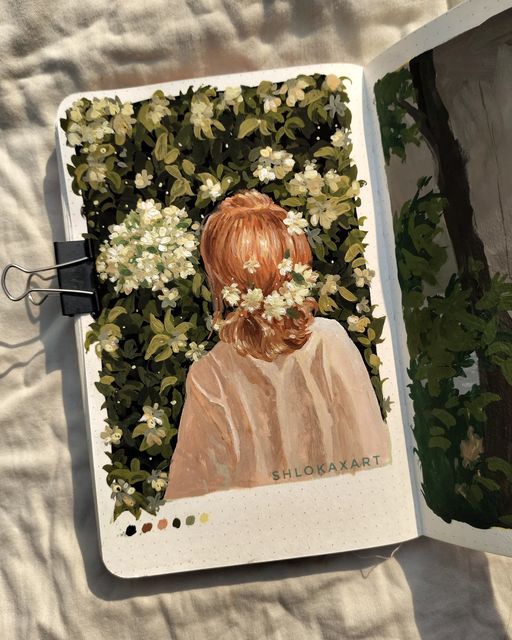
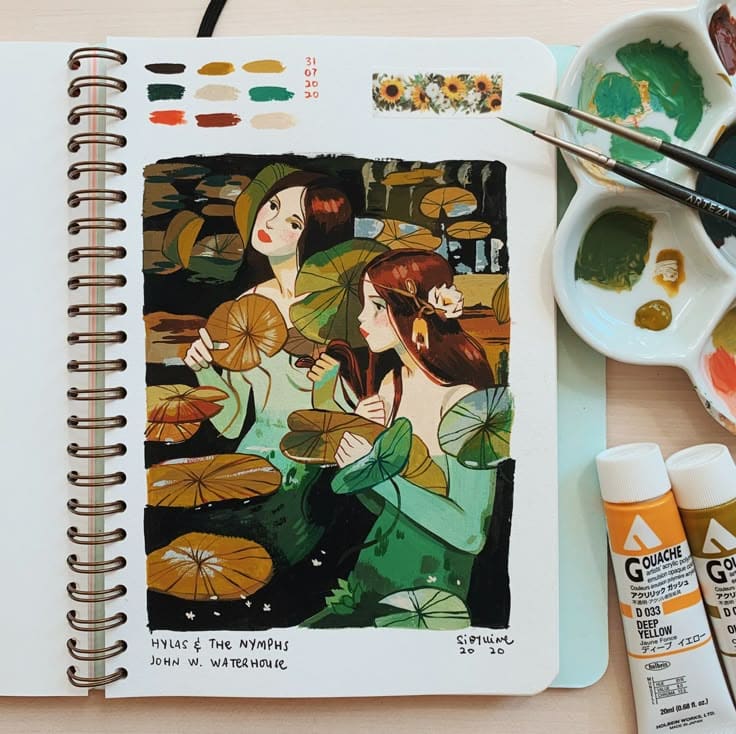
How Watercolor and Gouache Behave on Paper
The way watercolor and gouache interact with paper differs significantly due to their opacity levels and paint formulation. Paper selection becomes crucial for achieving the best results with each medium.
Surface Interaction and Absorption
Watercolor paint creates transparent layers that allow the paper’s white surface to show through. The paint absorbs into the paper fibers, creating a luminous quality as light reflects off the white base beneath your colors.
You’ll notice the paper’s texture remains visible through watercolor applications. Cold press paper’s texture becomes part of your painting’s character, with paint settling into the paper’s valleys and peaks.
Gouache paint behaves differently on paper surfaces. Its opaque nature covers the paper completely, hiding both texture and color underneath. The paint sits more on top of the paper rather than absorbing deeply into the fibers.
With gouache, you can paint light colors over dark ones effectively. The paper’s grain becomes less noticeable since the opaque pigments mask the surface texture completely.
Recommended Papers for Each Medium
Watercolor paper works well for both mediums, but heavier weights perform better for wet techniques. Choose 140lb paper minimum, with 300lb preferred for heavy water applications.
Cold press paper offers the best versatility for both water-based paints. Its textured surface holds watercolor washes beautifully while providing enough tooth for gouache applications.
Hot press paper works better for detailed gouache work where you want smooth, even coverage. The smoother surface allows gouache to flow more evenly without texture interference.
Mixed media papers designed for wet applications also accommodate both mediums effectively. These papers resist warping and handle multiple paint layers without deteriorating.
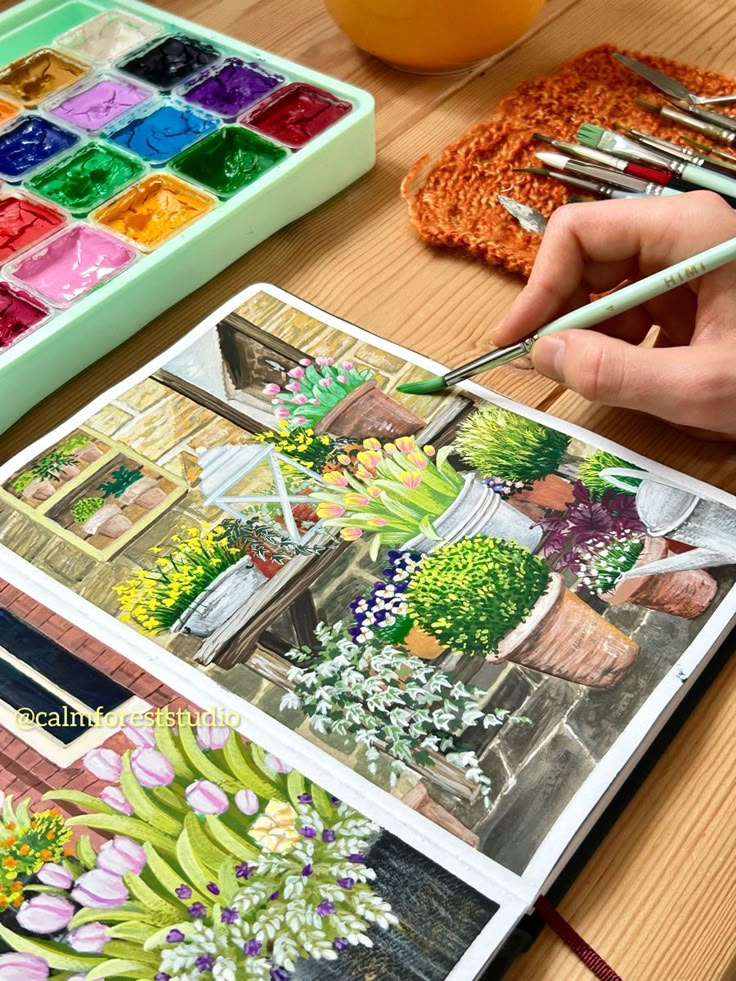
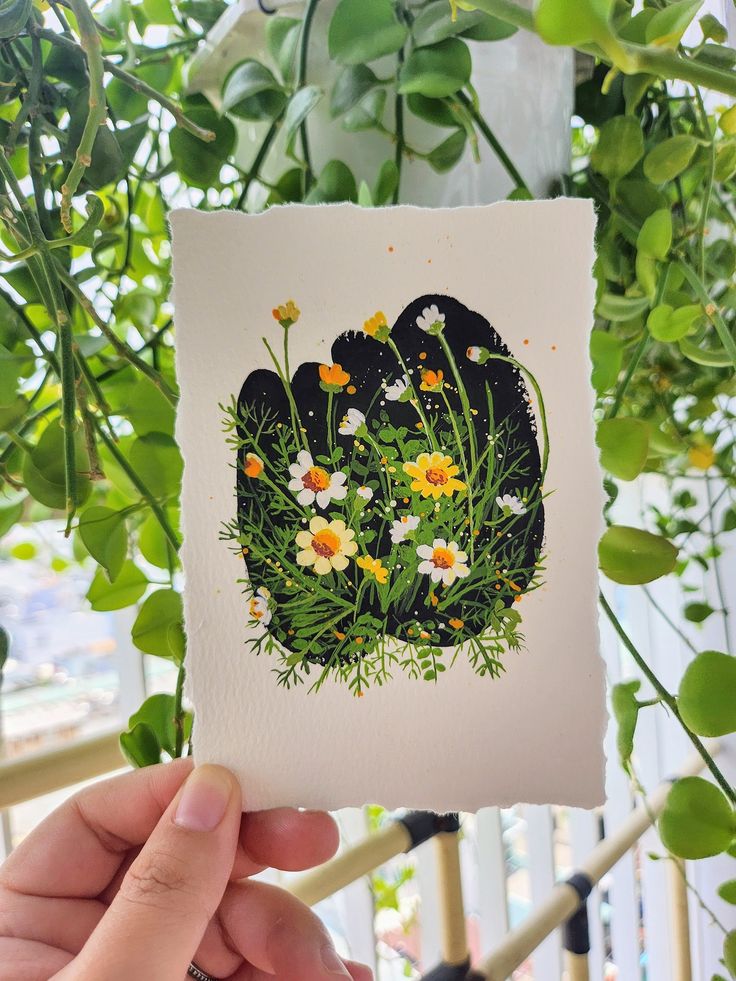
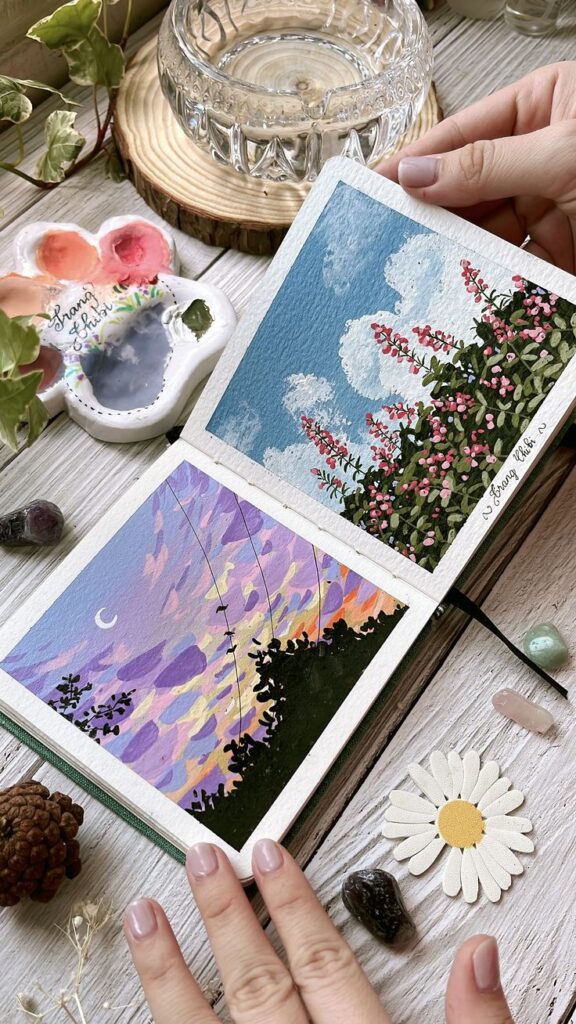
Techniques and Effects: Expressing Your Artistic Style
Both watercolor and gouache offer distinct approaches to layering, texture creation, and color application. Your choice between transparent washes and opaque coverage will fundamentally shape your artistic expression.
Layering and Blending Methods
Watercolor layering relies on transparent glazes that build depth gradually. You apply thin washes over dried layers, creating luminous color mixtures that maintain clarity. Each layer shows through the next, producing natural color blending.
The wet-on-wet technique lets colors flow together organically. You can drop pigment into damp areas for soft, diffused edges. Wet-on-dry creates crisp boundaries and controlled color placement.
Gouache layering works differently due to its opacity. You can paint light colors over dark ones without losing vibrancy. This allows for direct color correction and bold compositional changes.
Gouache blending techniques:
- Wet blending: Mix colors directly on paper while paint remains workable
- Dry brushing: Apply paint with minimal water for textured strokes
- Scumbling: Layer thin, broken color over dried paint
Textural Possibilities
Watercolor textures emerge from pigment behavior and paper interaction. Granulating pigments settle into paper fibers, creating natural texture. Salt, alcohol, and masking fluid produce unique surface effects.
You can achieve texture through brush techniques like stippling and dry brush work. Lifting wet paint with sponges or paper towels creates soft, cloud-like effects.
Gouache offers more direct textural control. Its thicker consistency holds brush marks and palette knife strokes. You can build impasto-like surfaces for dimensional effects.
The paint’s opacity lets you add fine details and highlights over any color. This makes gouache excellent for creating sharp textures like fur, fabric, or architectural details.
Transparency Versus Bold Coverage
Watercolor’s transparency creates luminous effects impossible with opaque mediums. Light passes through pigment layers and reflects off white paper, producing brilliant colors. This transparency limits your ability to completely cover mistakes.
You must plan compositions around light areas since true white comes only from paper. Dark-to-light painting requires careful value planning.
Gouache’s opacity provides complete coverage and color accuracy. You can paint light over dark confidently. This flexibility allows for experimental approaches and easy corrections.
Coverage comparison:
| Medium | Coverage | Best for |
|---|---|---|
| Watercolor | Transparent | Atmospheric effects, glazing |
| Gouache | Opaque | Bold graphics, precise details |

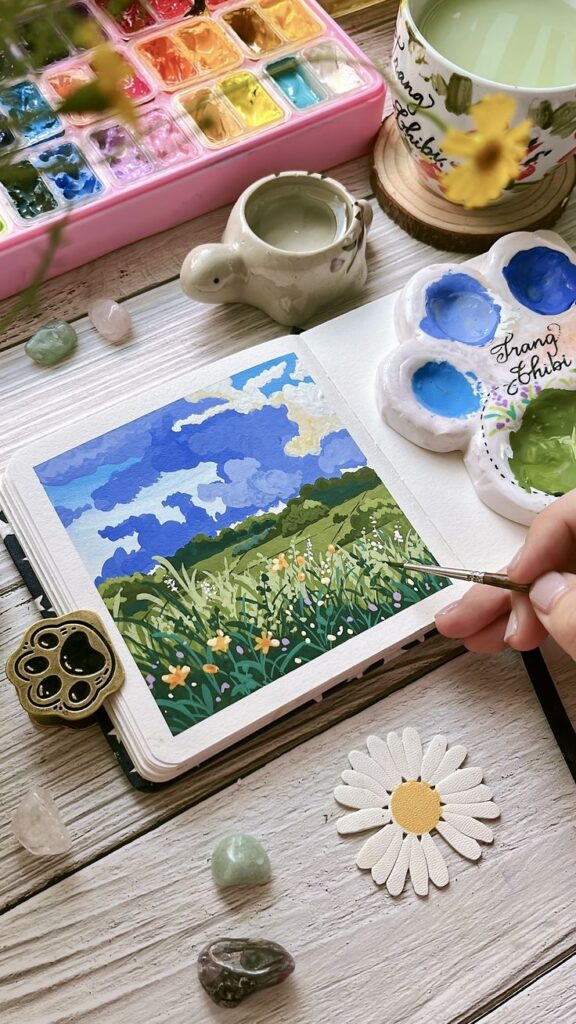
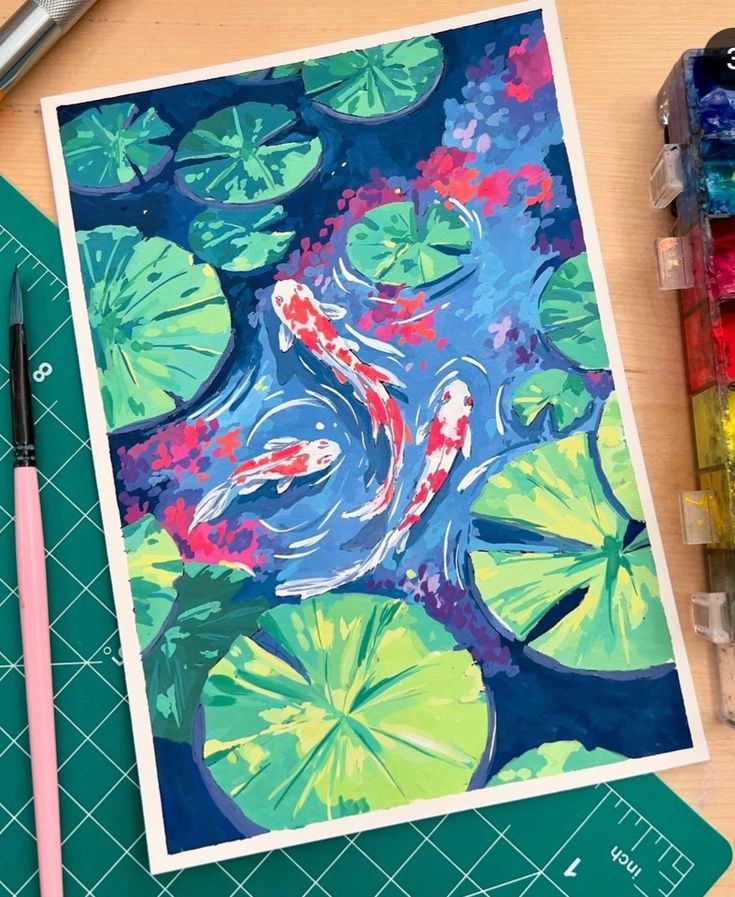
Practical Uses: Illustration, Fine Art, and Beyond
Watercolor excels in atmospheric paintings and transparent effects, while gouache paint shines in bold illustrations and graphic work. Both mediums offer unique advantages for specific artistic goals.
Ideal Projects for Watercolor
Watercolor paint creates stunning atmospheric landscapes with its natural transparency and flow. The medium allows light to pass through layers, creating luminous effects perfect for skies, water, and distant mountains.
Botanical illustrations benefit from watercolor’s delicate touch. You can capture subtle color variations in petals and leaves while maintaining the soft, natural appearance plants require.
Abstract expressionism works beautifully with watercolor’s unpredictable nature. The paint flows and bleeds create organic shapes and color mixing that add spontaneity to your artwork.
Portrait work gains ethereal quality through watercolor’s transparency. You can build skin tones gradually through multiple washes, creating depth without heavy opacity.
Urban sketching and plein air painting suit watercolor’s portable nature. The medium dries quickly and requires minimal setup, making it ideal for capturing scenes on location.
When to Choose Gouache
Illustration work demands gouache’s opacity and bold coverage. You can create sharp edges, solid color blocks, and layer light colors over dark backgrounds without transparency issues.
Gouache paint excels in poster design and graphic applications. The medium provides flat, even coverage with rich color saturation that reproduces well in print.
Fine art pieces requiring precise control benefit from gouache’s consistency. Unlike watercolor, you can make corrections and adjustments without the underlying layers showing through.
Children’s book illustration often uses gouache for its ability to create vibrant, solid colors. The medium allows you to paint fine details while maintaining bold, eye-catching imagery.
Mixed media projects incorporate gouache effectively. You can combine it with other mediums like colored pencils or pastels to achieve varied textures and effects.
Mixing Both Mediums
You can combine watercolor and gouache paint within single artworks for enhanced versatility. Use watercolor for transparent background washes, then add gouache details for opacity and definition.
Layering techniques work well when you apply watercolor first for atmospheric effects. Follow with gouache accents to create focal points and add bold elements where needed.
Fine art applications often benefit from this mixed approach. You maintain watercolor’s luminous quality while gaining gouache’s ability to create sharp contrasts and highlights.
Start with watercolor for initial color blocking and loose shapes. Add gouache selectively for areas requiring solid coverage or corrections to your original watercolor work.
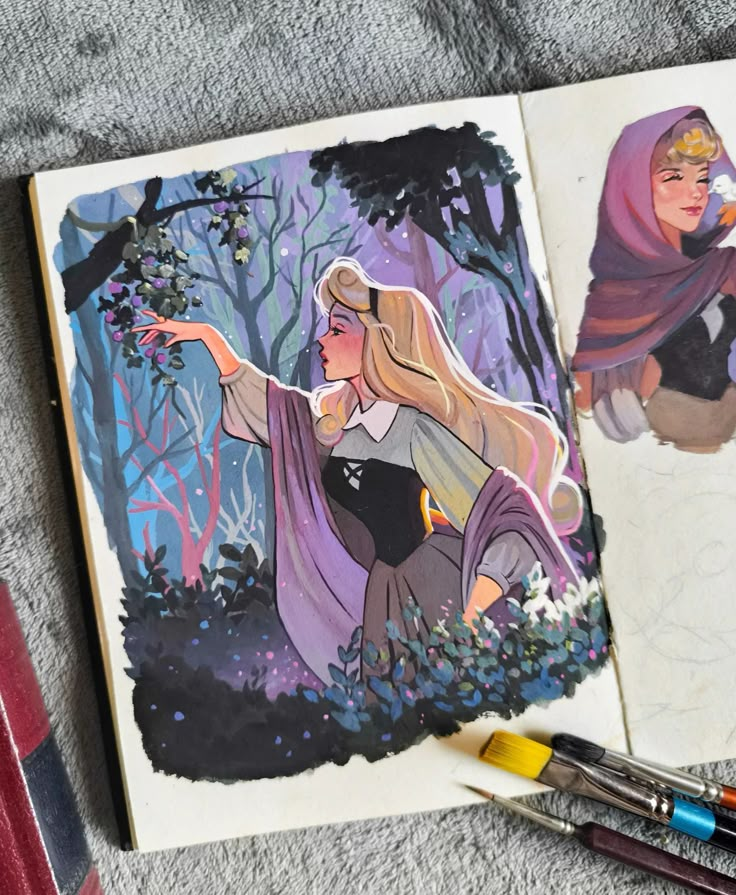
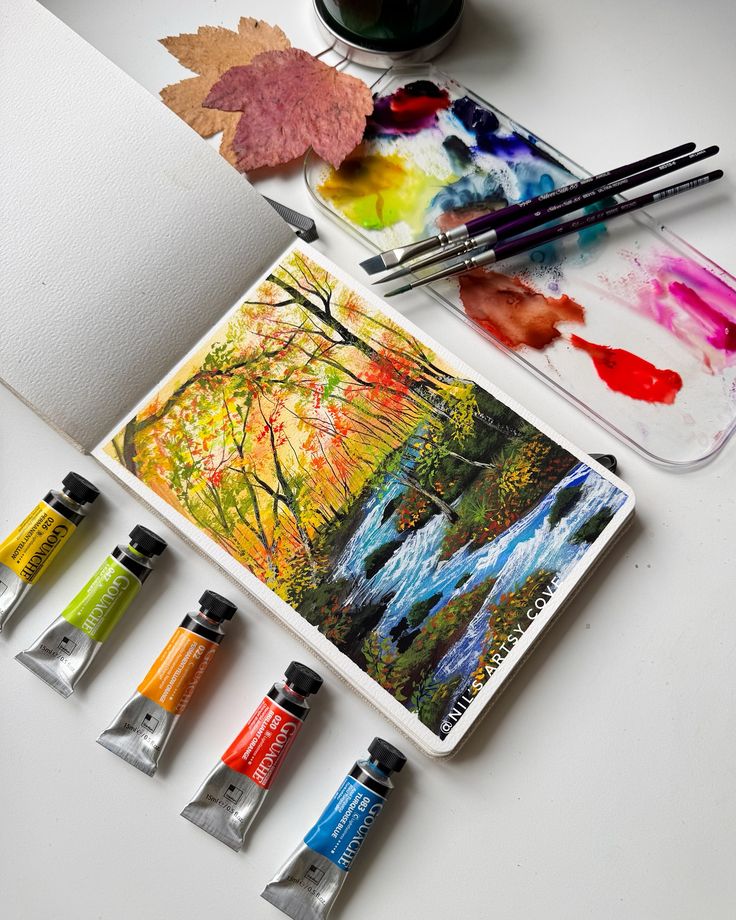
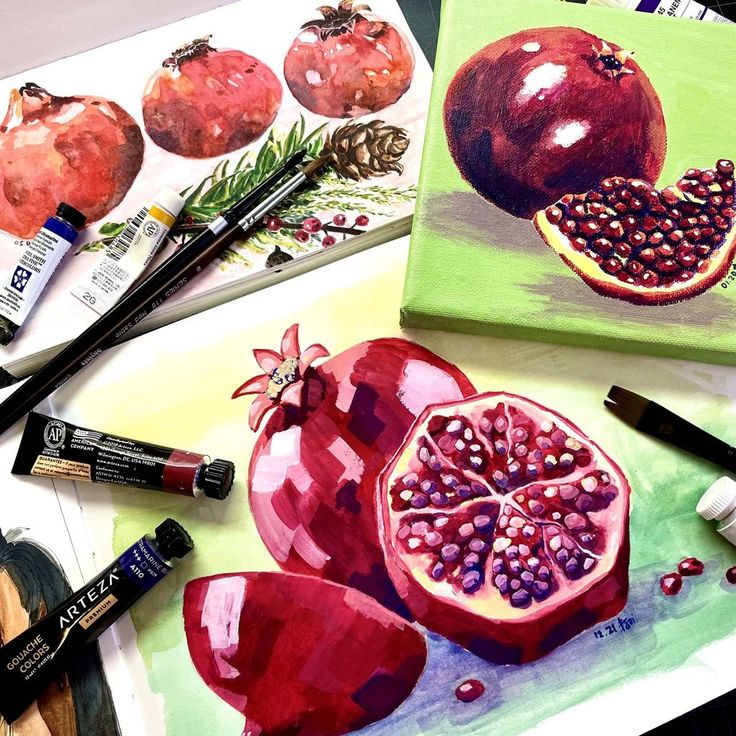
Choosing the Right Medium for Your Needs
Your skill level and available time significantly impact which medium works best for your artistic goals. Both watercolor and gouache offer unique advantages depending on your experience and preferred workflow.
Skill Level and Learning Curve
Watercolor presents a steeper learning curve for beginners. The transparent nature makes mistakes difficult to correct, requiring careful planning and technique development.
You’ll need to master water control and color mixing early on. Light colors cannot cover dark ones, so you must work from light to dark values consistently.
Gouache offers more forgiveness for new artists. Its opacity allows you to paint light colors over dark areas and make corrections easily.
You can build up layers and rework sections without starting over. This flexibility helps you experiment and learn color relationships with less pressure.
Both mediums share similar brush techniques and water-based properties. If you’re familiar with one, transitioning to the other becomes manageable with practice.
Time, Cleanup, and Workflow
Watercolor dries quickly between washes, allowing for efficient layering sessions. You can complete paintings in shorter timeframes once you develop speed and confidence.
Cleanup requires minimal effort since watercolor dissolves easily in water. Your brushes and palette clean up quickly after each session.
Gouache takes longer to dry completely due to its thicker consistency. You’ll need patience between layers, but this slower drying time allows for blending and adjustments.
Both mediums use water-soluble formulas, making cleanup straightforward with soap and water. You can use the same brushes and watercolor paper for both mediums without purchasing specialized equipment.
- 0shares
- Facebook0
- Pinterest0
- Twitter0


